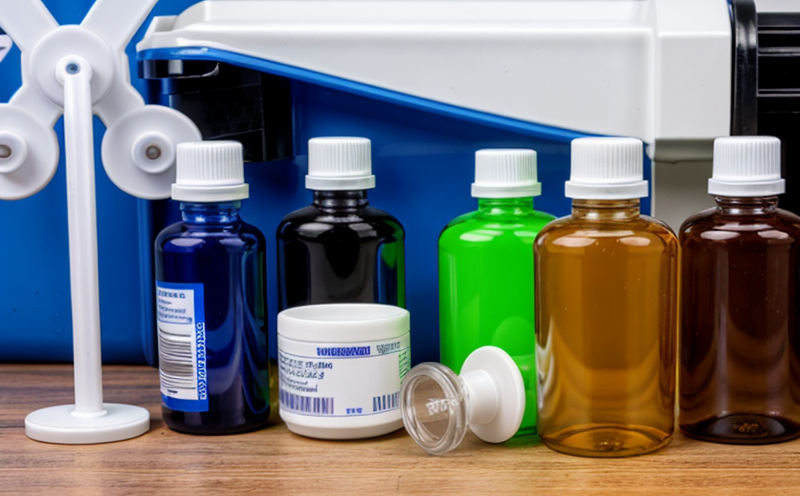EN 16196 Ammonium Content in Medical Waste
The European Standard EN 16196 provides a method to determine the ammonium content in medical waste. This standard is crucial for ensuring that medical and pharmaceutical waste is managed safely, reducing environmental impact, and complying with regulatory requirements.
Ammonium compounds are common in medical waste due to their presence in certain medications and biological materials. High levels of ammonia can cause odors, accelerate the decomposition process, leading to potential biohazard risks if not properly managed. Proper monitoring and control of ammonium content in medical waste is essential for effective disposal and recycling.
The testing protocol outlined in EN 16196 involves sample preparation, digestion, and analysis using spectroscopic or colorimetric methods. The method allows laboratories to accurately quantify the total ammonium content, which helps in assessing the effectiveness of waste treatment processes and ensuring compliance with environmental regulations.
Understanding the ammonium content is vital for medical waste management as it influences decisions regarding recycling versus incineration. For instance, if the ammonium levels are too high, incineration might be preferred over recycling to prevent ammonia-related emissions that could harm air quality and contribute to acid rain formation.
The standard also plays a role in optimizing waste treatment processes by providing data on the efficiency of decontamination methods. This information is critical for healthcare facilities and waste management companies to implement sustainable practices, reduce costs, and meet environmental standards set by regulatory bodies like EU directives.
Applied Standards
- EN 16196: Determination of ammonium content in medical waste.
- ISO 15217-1: Guidelines for the management of infectious waste.
The application of EN 16196 is part of a broader framework that includes ISO standards aimed at ensuring safe and sustainable disposal practices. This standard specifically addresses the unique challenges associated with ammonium content in medical waste, making it an essential tool for laboratories conducting this type of analysis.
Compliance with these standards not only ensures accurate testing but also supports the overall goal of reducing environmental impact and promoting responsible waste management practices within healthcare institutions.
Benefits
- Enhanced Safety: Ensures that medical waste is managed safely, minimizing exposure risks to personnel involved in handling and processing the waste.
- Improved Regulatory Compliance: Helps facilities meet stringent environmental regulations related to medical waste disposal.
- Cost Efficiency: By optimizing waste treatment processes, laboratories can reduce operational costs associated with unnecessary incineration or recycling efforts.
- Sustainable Practices: Encourages the adoption of sustainable methods for managing medical waste, contributing to a greener environment.
Competitive Advantage and Market Impact
- Innovation in Waste Management: By providing accurate data on ammonium content, this service supports the development of new recycling technologies and treatment processes.
- Enhanced Reputation: Demonstrating compliance with international standards can enhance a laboratory’s reputation among clients seeking sustainable solutions.
The ability to accurately measure ammonium content in medical waste provides significant competitive advantages. It allows laboratories to offer comprehensive testing services that are critical for the healthcare industry, thereby attracting more clients and expanding market share.
Moreover, this service plays a pivotal role in driving innovation within the sector by providing data that can be used to develop new technologies and methods for waste management. This not only benefits individual laboratories but also contributes positively to the broader environmental movement aimed at reducing medical waste impacts on public health and ecosystems.





